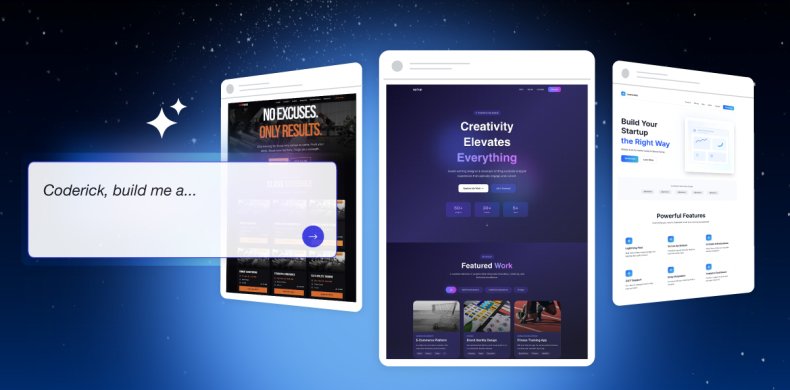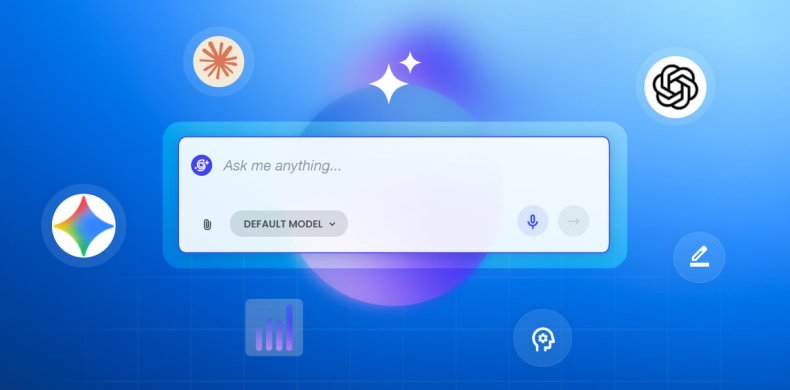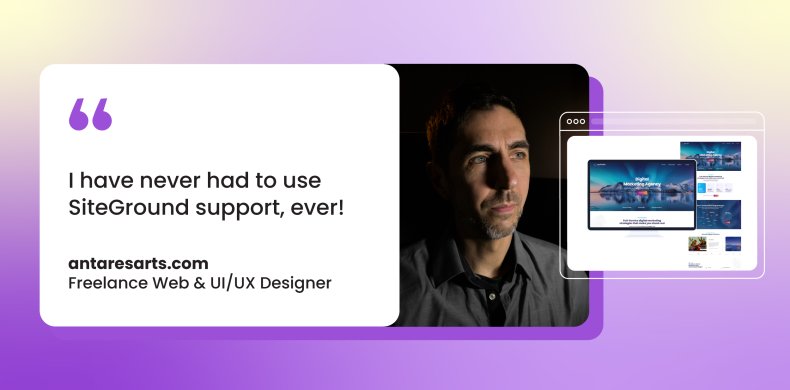Related Posts
Introducing Coderick AI: Build Apps and Websites Without Writing a Single Line of Code
Whether you're a business owner who's been putting off that internal tool because "it's too technical…
Meet SiteGround AI Studio: your AI workspace for business success
For over twenty years, we’ve stayed ahead of every major shift on the web, so you…
From Weekly Hacking Attacks to 8 Years Without a Security Breach
You know that sinking feeling when a client messages you on a Saturday night saying their…






Comments ( 0 )
Thanks! Your comment will be held for moderation and will be shortly published, if it is related to this blog article. Comments for support inquiries or issues will not be published, if you have such please report it through our official channels of communication.
Leave a comment
Thanks! Your comment will be held for moderation and will be shortly published, if it is related to this blog article. Comments for support inquiries or issues will not be published, if you have such please report it through our official channels of communication.